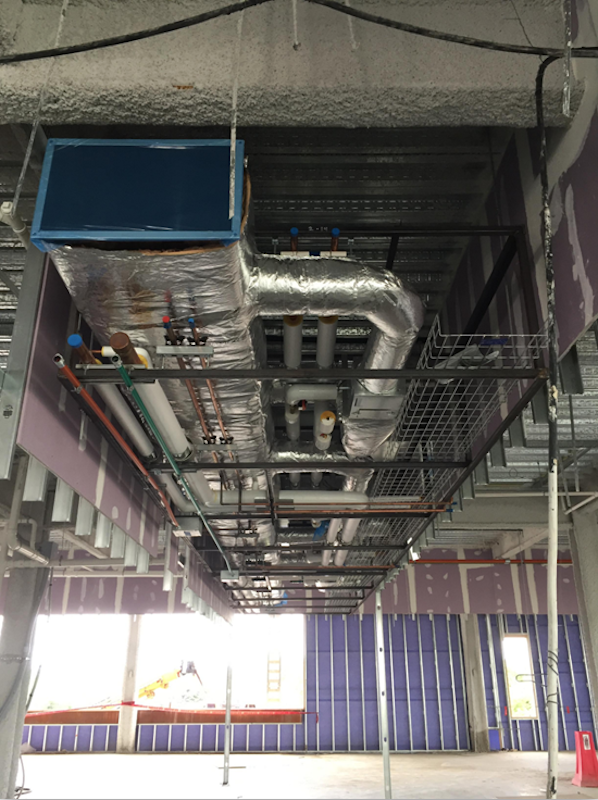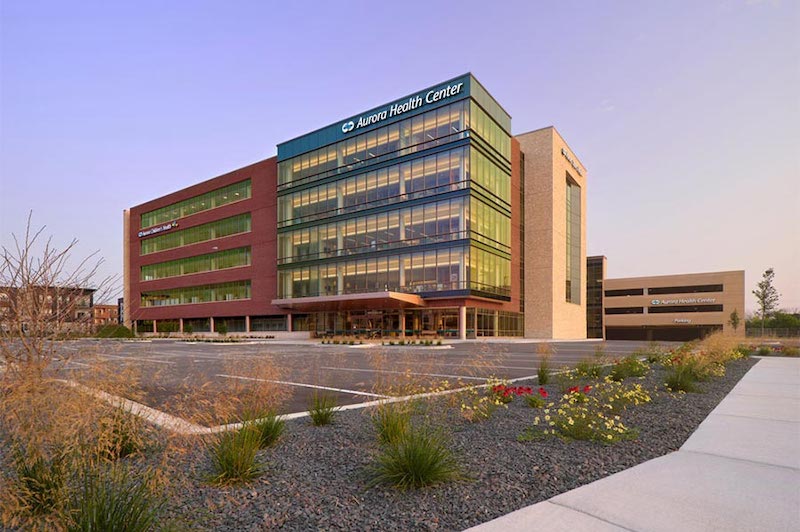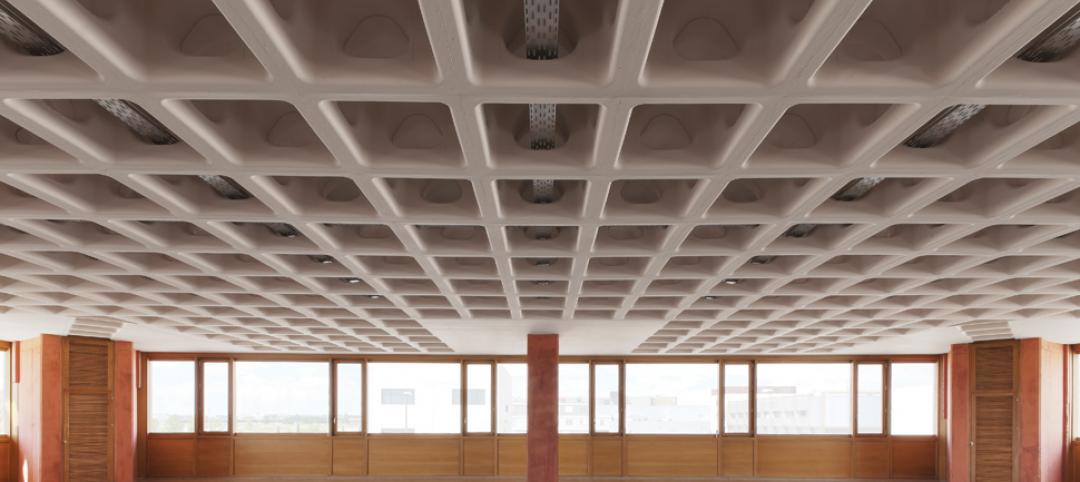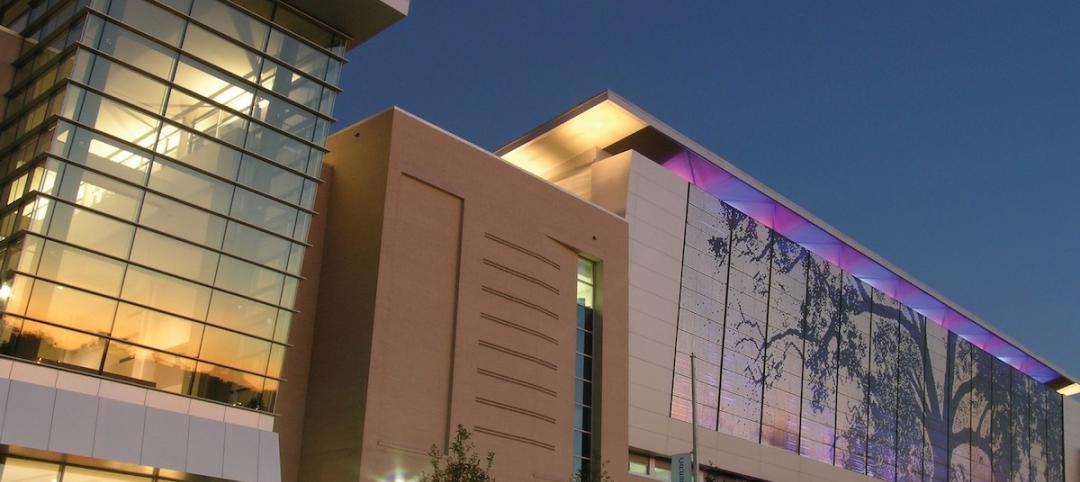Trade partners are still the odd men out during the early stages of many projects, which can make conflicts, change orders, and delays during construction more likely.
To avoid potential snafus on its new Ambulatory Health Center in Greenfield, Wis., Advocate Aurora Health and the real estate developer Cobalt Partners formed an integrated project team with the general contractor CG Schmidt, the national design firm HGA Architects and Engineers, the mechanical contractor J.F. Ahern, and the commercial electrician Staff Electric, the latter two under a Trade Management Partners (TMP) agreement.
“Advocate Aurora Health is leading the industry in integrated project delivery,” says Cory Powers, CPD, Principal and Project Manager for HGA’s energy and infrastructure group.
TMP exemplifies collaboration. Through this arrangement, skilled contractors and supplies can engage early in the project and its design process, which helps reduce redundancies, address challenges that relate to cost and constructability, and come up with more efficient solutions.
The client’s key goal for this five-story 146,200-sf project, located in the 40-acre 84South mixed-use development, was speed to market so it could start seeing patients as soon as possible. That objective led the team to focus on using Lean Construction Methods to accelerate the project’s schedule.
PUSHING THE ENVELOPE ON PREFAB

Two-fifths of the work within 80 MEP racks were prefabricated.
To this end, the project pushed the limits of prefabrication through the use of 80 multi-trade prefab MEP racks that included long sections of duct work in the corridors.
Forty percent of the above-ceiling MEP work was prefabricated off-site. The construction was completed in 18 months, which gave the community local access to healthcare one month earlier compared to a traditional delivery method. Zero percent rework was achieved versus 15% rework in traditional delivery methods. And there were no injuries building and installing the MEP racks.
The team members worked in tandem from a single 3D BIM model, eliminating miscommunication and the need for re-drawings. And to reduce the risk of design errors, the team relied on state-of-the-art fabrication software, with each component barcoded and shipped to the jobsite along with an installation plan.
Using their mobile devices, workers scanned the barcodes to verify the location for each installation. Once on site and verified, the prefabricated racks were lifted to each floor to be connected and attached, a task completed within an hour of each delivery.
Powers of HGA says that prefabrication emerged as a solution during the team’s early design discussions. And the building’s systems “were laid out to be modular.” Powers adds that prefab is playing an even more prominent role in the design and construction of Advocate Aurora Health’s next two hospitals that will include bathrooms and exam rooms assembled off site.
The completed Ambulatory Health Center, which opened August 5, is valued at $55.5 million. The building is the central location for Advocate Aurora Children’s Health services that include pediatric cardiology, urology, allergy, dermatology, ENT, neuropsychology, and radiology. It has eight surgical suites, two pain management procedure rooms, four GI suites and two outpatient interventional radiology suites that are the first of their kind in Wisconsin.
With the Health Center’s recent opening, Advocate Aurora Children’s Health can offer more comprehensive pediatric services to the area. The facility also houses Advocate Aurora’s Sports Health services, along with a pediatric sports health gym and classroom space. This space brings increased availability for outpatient orthopedic surgery to patients.
The Health Center is home to midwifery services with a variety of women’s health services provided, ranging from general health education to family planning and obstetric care. Its outpatient center co-locates orthopedic exam, office, and imaging conveniently at the retail-inspired main entry, with surgical, recovery, and pain management services on floors above.
IPD ‘THE PATH FORWARD’
“This 84South facility is actually one of the very largest outpatient ambulatory sites in all of our Wisconsin and Illinois footprint, and it will enable us to open up access for the people of the broader Greenfield community,” said Advocate Aurora Health's COO Bill Santulli, in an interview with the Milwaukee Business Journal.
When asked why integrated project delivery isn’t more common, Powers says that each AEC firm and owner is at different stages of its Lean journey. “You can’t fake experience in an IPD.” Too many firms and owners “are stuck in delivery methods that are based on fear” that they wouldn’t get the same value from an IPD contract.
“But once you go through one of these, there’s nothing else like them,” says Powers. “We can go pretty fast on our own. But it’s so much faster when you don’t have to explain everything in the field. The team comes out of the gate drumming the same beat when you’ve worked out the details months before the first dirt is broken.”
Mark Lillesand, a Vice President with CG Schmidt, thinks that integrated project design will become more prevalent as more owners become familiar with its benefits, which include “furthering our relationships with subcontractors.”
Lillesand says his firm now “prefabricates everything we can” especially now when the coronavirus has raised the stakes for jobsite safety. He adds that on other projects, CG Schmidt has included subs for drywall, steel construction, and enclosures into the early design discussions. “This is the path forward for us.”
Related Stories
Retail Centers | Jul 27, 2015
Fish-shaped shopping mall designed for odd plot of land in China
The mall, in Qinshui, a city in China’s Shanxi province, will fit within the 250x30-meter dimensions surrounded by parallel roads and two converging rivers.
Airports | Jul 22, 2015
MUST SEE: JFK airport taps Gensler to design terminal for animals
Pets can enjoy luxurious spa and grooming services before being transported directly to their flight from the terminal.
Sports and Recreational Facilities | Jul 17, 2015
Japan scraps Zaha Hadid's Tokyo Olympic Stadium project
The rising price tag was one of the downfalls of the 70-meter-tall, 290,000-sm stadium. In 2014, the cost of the project was 163 billion yen, but that rose to 252 billion yen this year.
Cultural Facilities | Jul 16, 2015
Louisville group plans to build world's largest disco ball
The sphere would more than double the size of the current record holder.
Education Facilities | Jul 14, 2015
Chile selects architects for Subantarctic research center
Promoting ecological tourism is one of this facility’s goals
Industrial Facilities | Jul 14, 2015
Tesla may seek to double size of Gigafactory in Nevada
Tesla Motors purchased an additional 1,200 acres next to the Gigafactory and is looking to buy an additional 350 acres.
High-rise Construction | Jul 13, 2015
CTBUH honors top innovations in skyscraper design
The Holedeck coffer slab system is among the breakthrough technologies and projects recognized by the Council on Tall Buildings and Urban Habitat with Performance and Innovation Awards.
Sponsored | Building Team | Jul 10, 2015
Are you the wrong type of ‘engaged’ leader?
Much of what’s written about employee engagement focuses on how leaders can help their employees become more involved at work. But what about the leaders themselves?
High-rise Construction | Jun 23, 2015
The world's best new skyscrapers for 2015
One World Trade Center and Abu Dhabi's Burj Mohammed Bin Rashid Tower are among the four towers named Best Tall Buildings by the Council on Tall Buildings and Urban Habitat.
Events Facilities | Jun 19, 2015
4 ways convention centers are revamping for the 21st century
Today's convention centers require more flexible spaces, the ability to blend virtual and in-person events, and meaningful sustainability, writes Skanska's Tom Tingle.
















